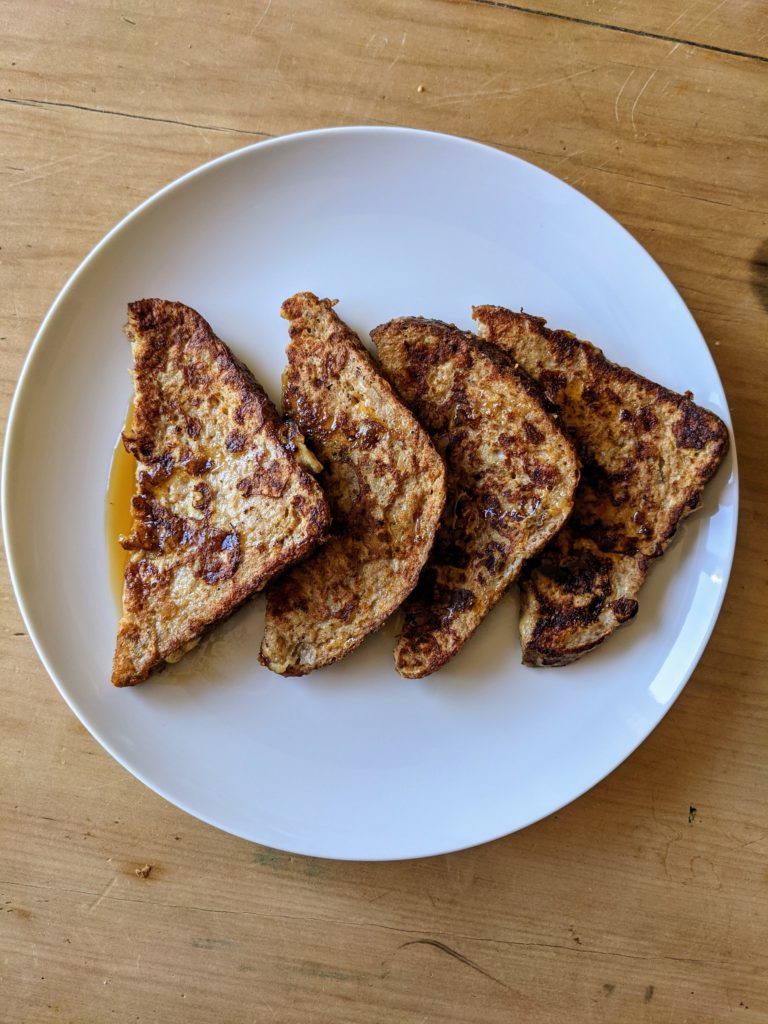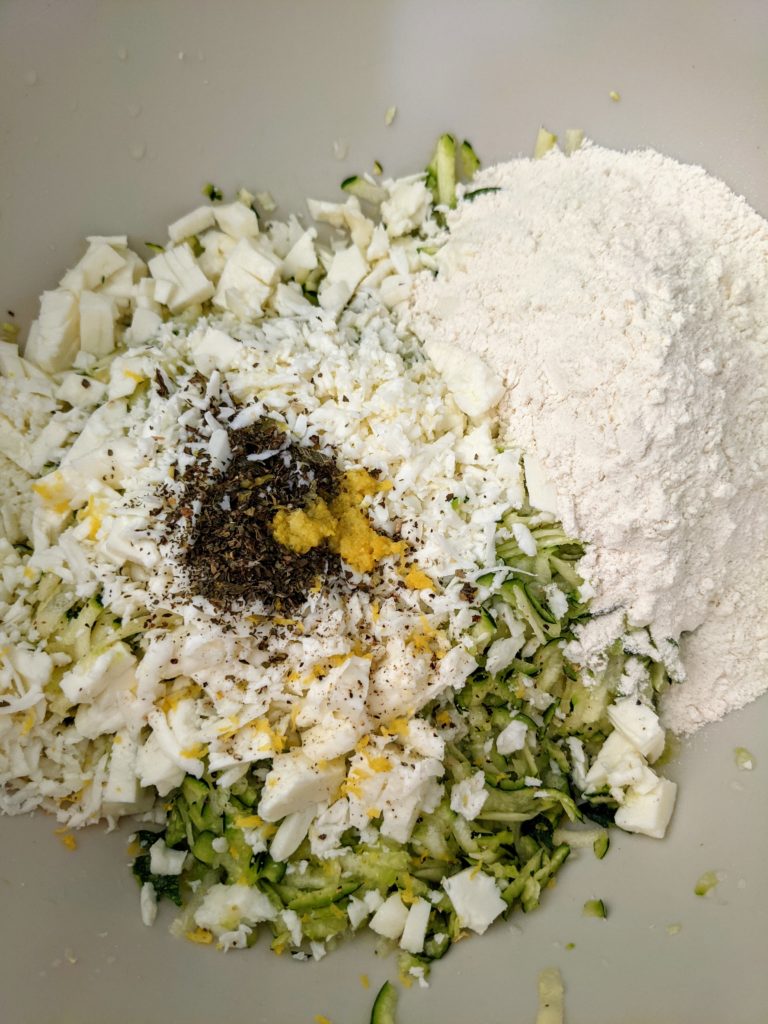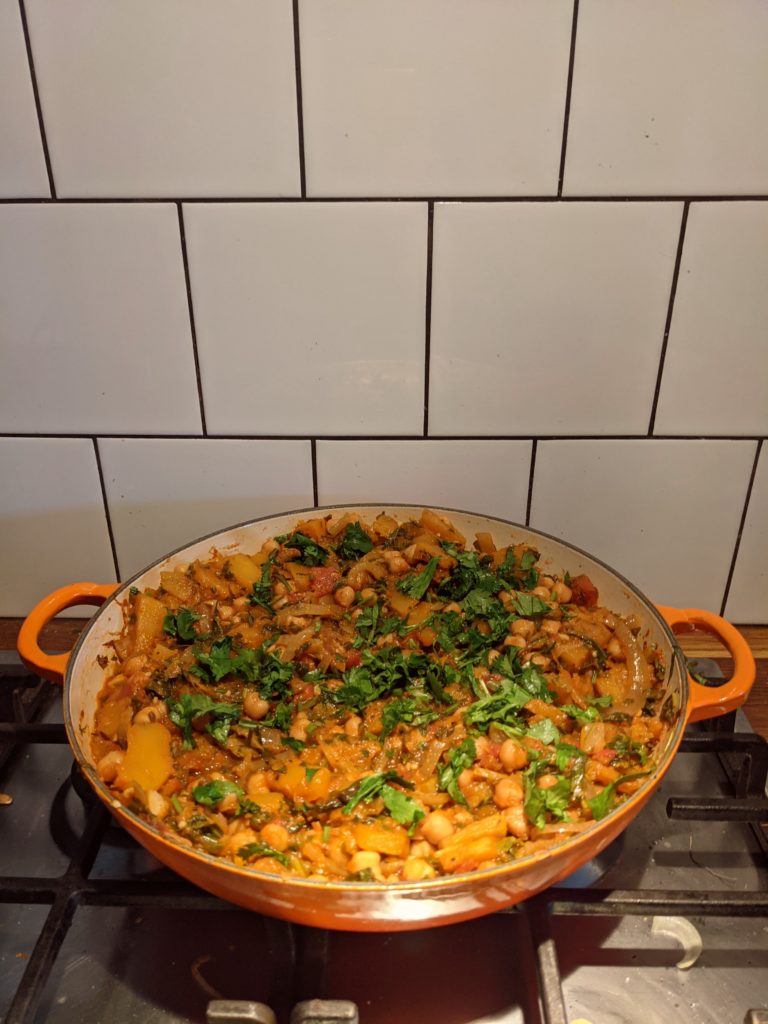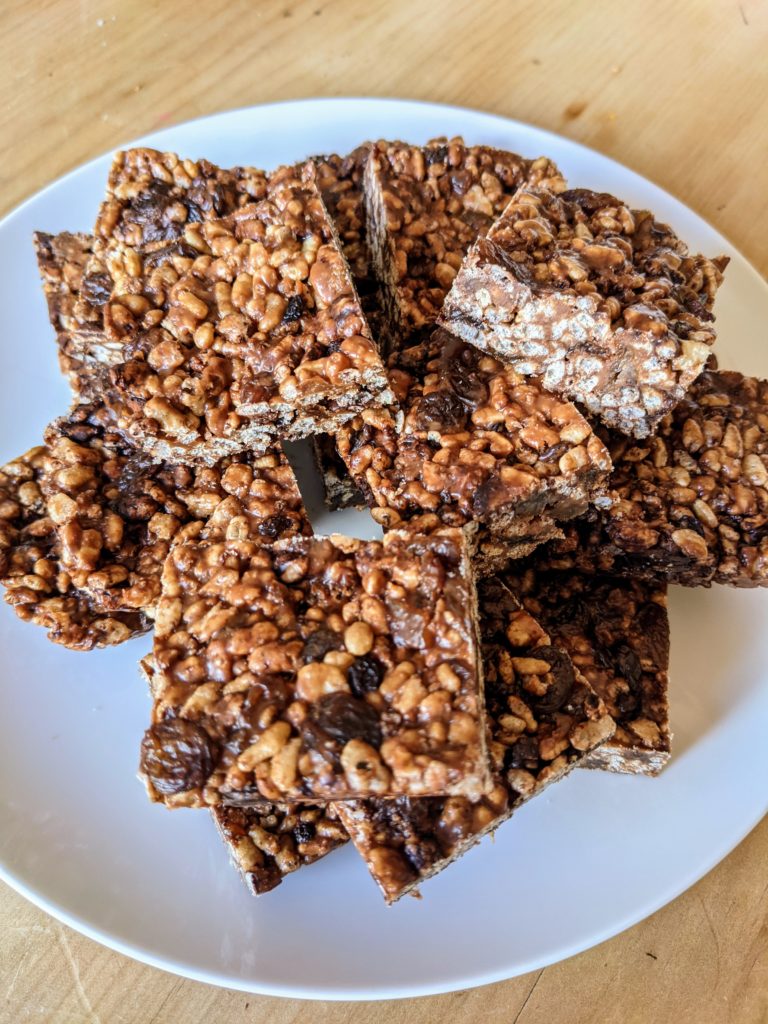Once a fortnight we hold a cook club at the Botanic Cottage. Anyone is welcome to join us to learn new cooking skills and to enjoy a healthy meal that’s been freshly prepared by the group. Sadly, the Botanic Cottage is closed due to the Covid-19 pandemic, but we won’t let that stop us! Cottage Cook Club tutor Ailsa has prepared some great recipes from store cupboard ingredients to encourage us to keep home cooking and keep eating right. Over to Ailsa…
Hi everyone,
I hope this finds you well and enjoying some spring sunshine. I’m certainly finding it a bit easier to get outside and stay cheerful, I hope you are too.
Last week was Compost Week, a new one to me I’ll admit! But it served as a really good reminder about food waste. According to WRAP, in the UK, we throw away 6.6 million tonnes of household food waste a year. Almost three quarters is food we could have eaten. While in Edinburgh we can use the household food waste recycling system, it’s still better not to waste food both for our budgets and the environment.
The website https://www.lovefoodhatewaste.com/ is a great resource for ideas for using up leftovers but I’ll share some of my best tips and some recipes here today for a few frequently wasted foods.
Bread – first off, bread freezes very well and if you slice it then you can toast it straight from the freezer. If bread is a little stale then you could make french toast (using the breakfast recipe for this week) or bread and butter pudding. You can cube the bread and drizzle it with oil and some herbs before baking in a medium oven for 10-15 minutes. Croutons keep for about a week in a sealed tub and are lovely in salads or with soup. Alternatively whizz slightly stale bread in a food processor and freeze. I use handfuls of frozen breadcrumbs on top of baked dishes for extra crunch. To keep bread fresh keep it wrapped up in a cupboard or bread bin, it won’t keep for as long in the fridge as it gets too moist.
Milk – milk is cheaper bought in large containers and that can be too big for some households. Milk can be frozen in plastic containers (it will look yellow when frozen but don’t worry!) and then defrosted in the fridge. Use up milk by making a cheese sauce, a fish pie or fruit smoothies. Recipes for all these can be found in the archives for this blog.
Cheese– keep it fresh by keeping it well wrapped in the fridge. If white mould forms it is fine to cut off and use the rest of the cheese. You can also freeze cheese as a block or grated. Use up cheese in a cheese sauce and make macaroni cheese, cauliflower cheese or lasagne. Any cheeses can be used for these recipes so don’t feel limited to cheddar. How about making cheese scones? (search for the recipe on this blog from last year).
Salad– avoid buying bagged salad if you can, a lettuce will keep much longer than the pre-washed bags. Only buy those if you know you will eat them that day or the next day at the latest. Limp salad leaves can be refreshed in iced water and then gently dried. Salad leaves can also be treated in a similar way to spinach alternatively throw them into a soup or a stew. The greens in today’s squash and chickpea stew are a great example, I just use whatever looks a little unloved in my fridge.
Fruit – my favourite way to use up fruit that’s past its best is to make a compote. Chop the fruit and heat with a splash of water and cook until soft and jammy. Add sugar or honey if needed and enjoy with yogurt or with french toast. Alternatively a crumble is always a popular option. For bananas, freeze them! Peel the banana and put in a plastic bag in the freezer. Defrost to make banana bread or smoothies.
Vegetables– a huge category! An important point is not to be constrained too much by recipes. Pretty much all root vegetables will work in a recipe that calls for carrots for example, as we saw in the last blog with parsnip cake. The stew recipe today is a great example, instead of the squash you can use carrots, parsnips, sweet potatoes… they all have their own flavour but will all be delicious. Also using any greens you have will work. To use up odds and ends of vegetables make a frittata (check the archive again, late Feb 2021 blog) but loosely; onions, vegetables and eggs cooked in an omelette then finished under the grill. Leftover roast vegetables work really well in a frittata too. Other ideas to use up vegetables include making a stir-fry with noodles, a tasty soup, or add into a pasta sauce. I also love to make little fritters either for breakfast or lunch, try today’s courgette and halloumi fritters to give you ideas for the future.
I hope some of these ideas, and today’s recipes, inspire you to look more creatively at your food waste and see if you can reduce it.
Take care and keep cooking,
Ailsa
A quick breakfast
Banana french toast

A spring-like lunch
Courgette and halloumi fritters
I like the fritters at room temperature with a lemony salad and some sliced tomatoes. They are also good with a garlicky yogurt.

A tasty supper
Spanish-style squash and chickpea stew
This a hearty, adaptable vegetable stew. Leftovers will freeze well, or alternatively add vegetable stock to leftovers and whizz to make a delicious soup.
You can serve this stew as it is or with some rice, couscous or a hunk of bread on the side.

Chocolate crispy cakes
This is a lovely, speedy treat to make with no oven required. It’s been a long time since there were school bake sales so these feel a bit nostalgic.

The Edible Gardening Project is kindly supported by players of the People’s Postcode Lottery.
